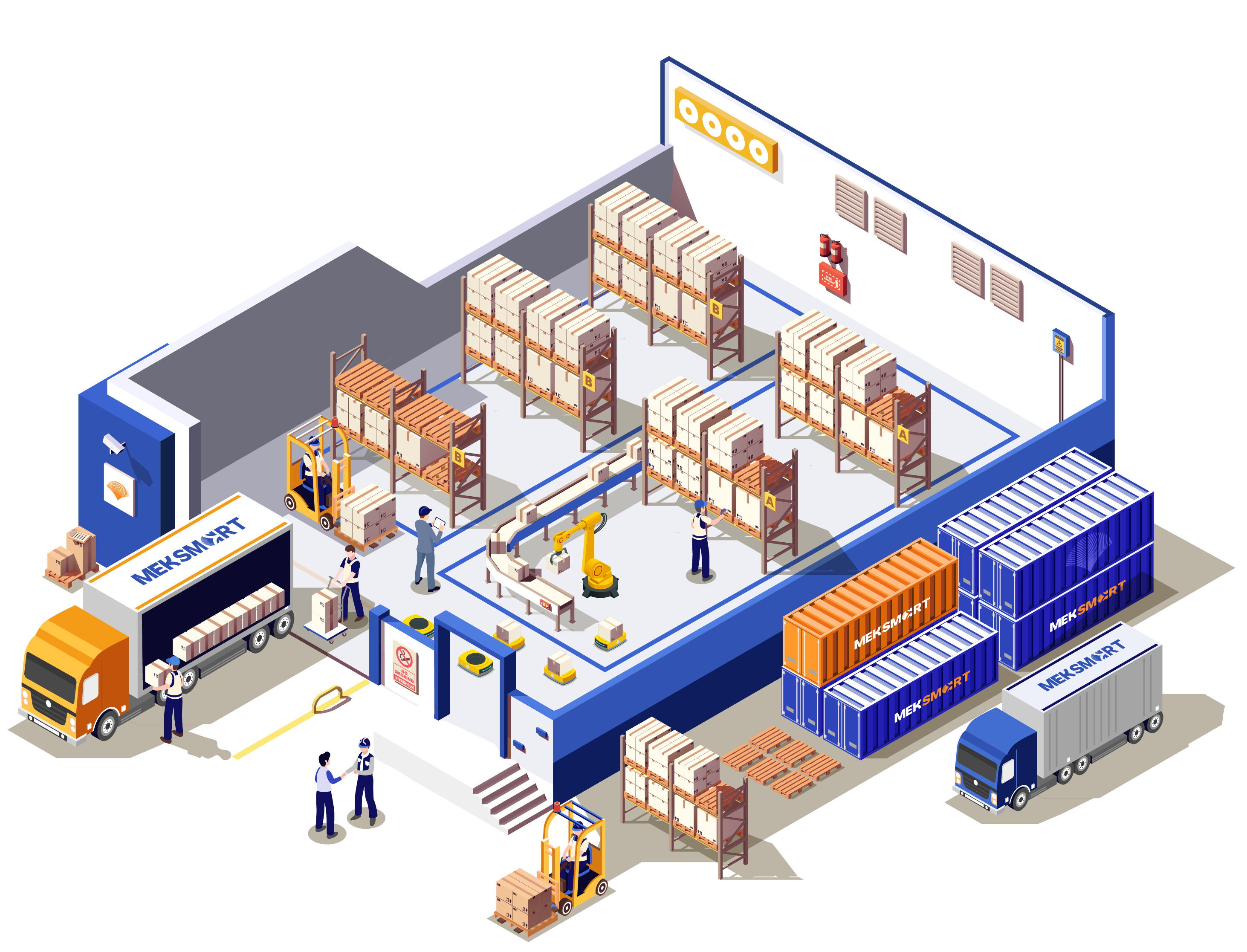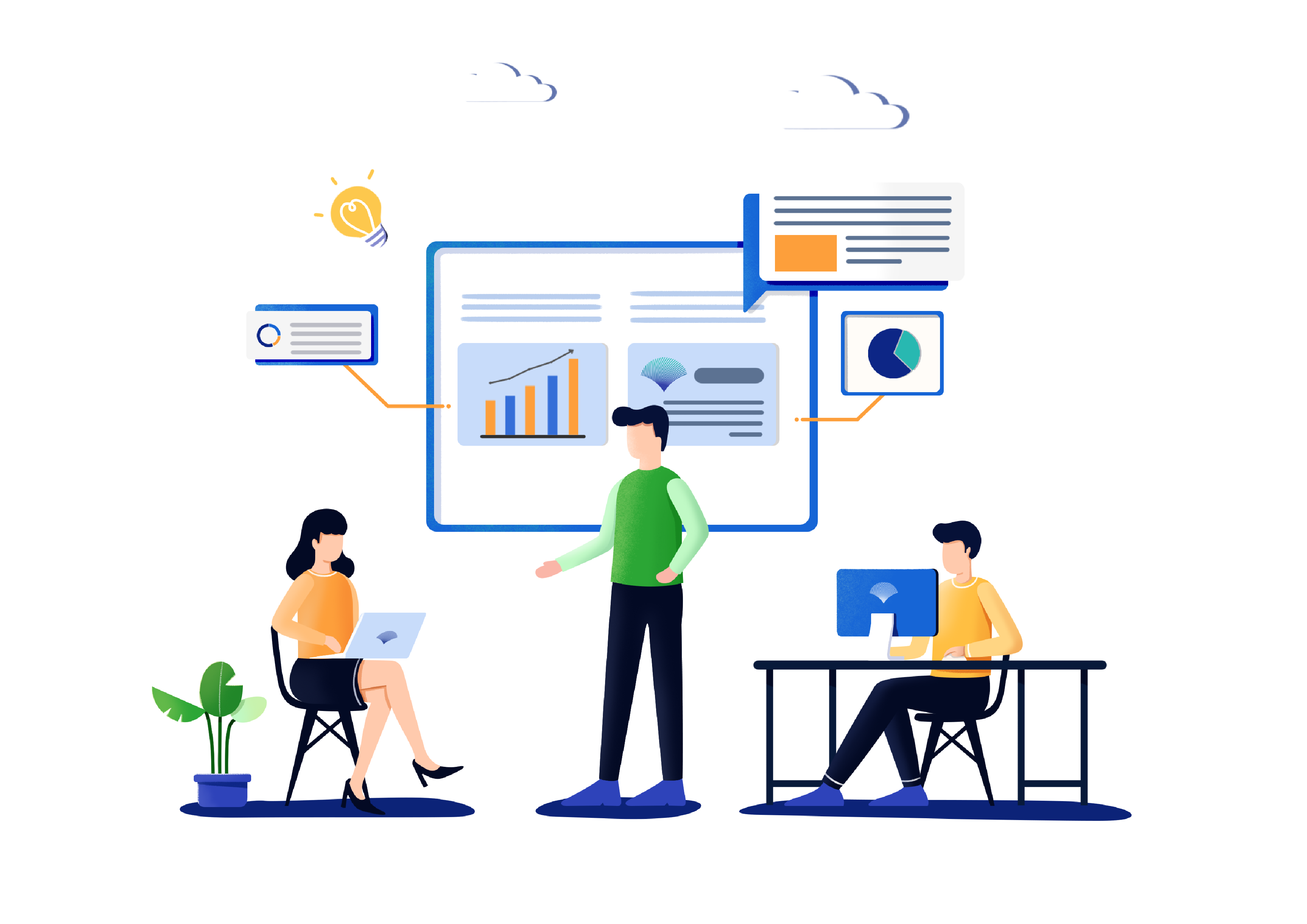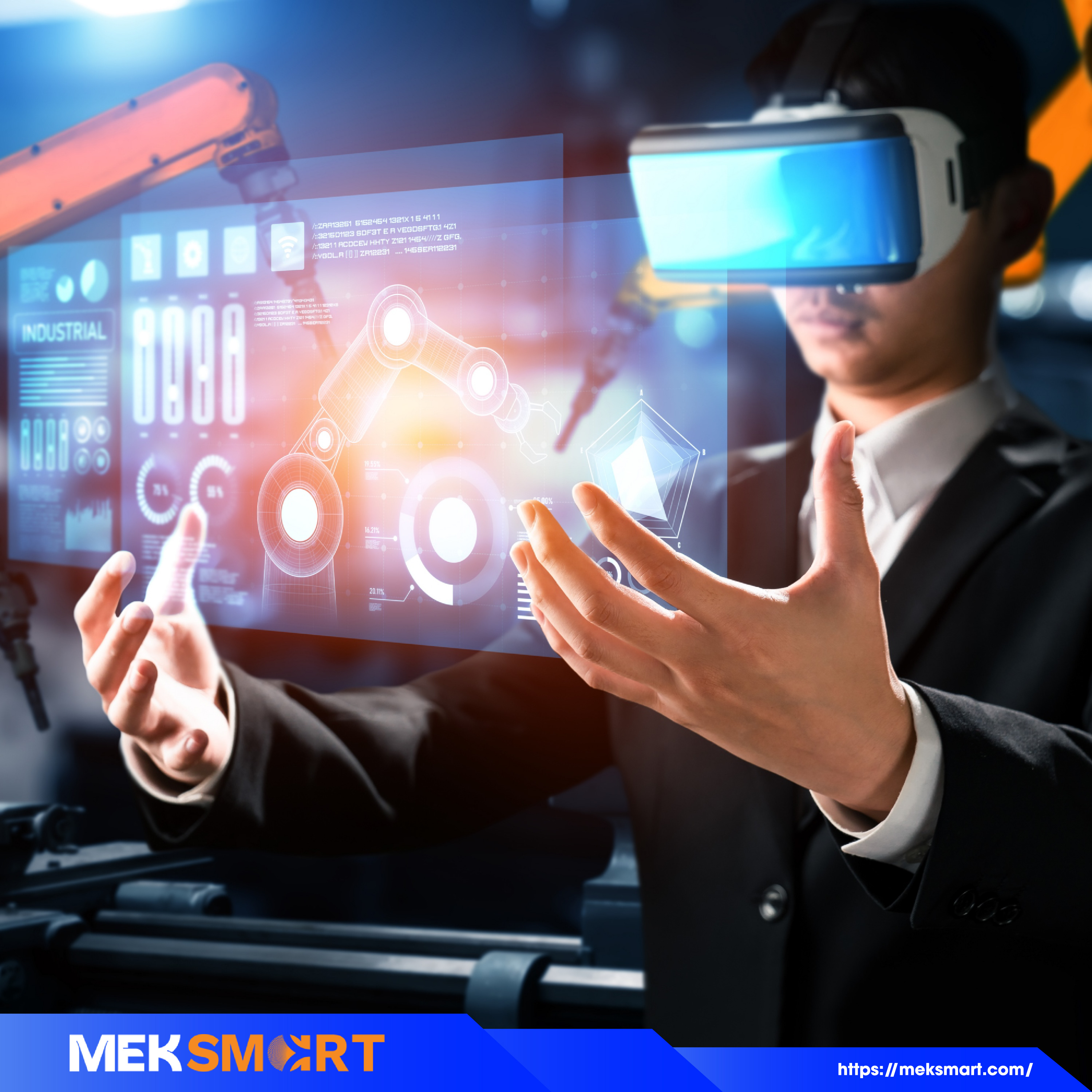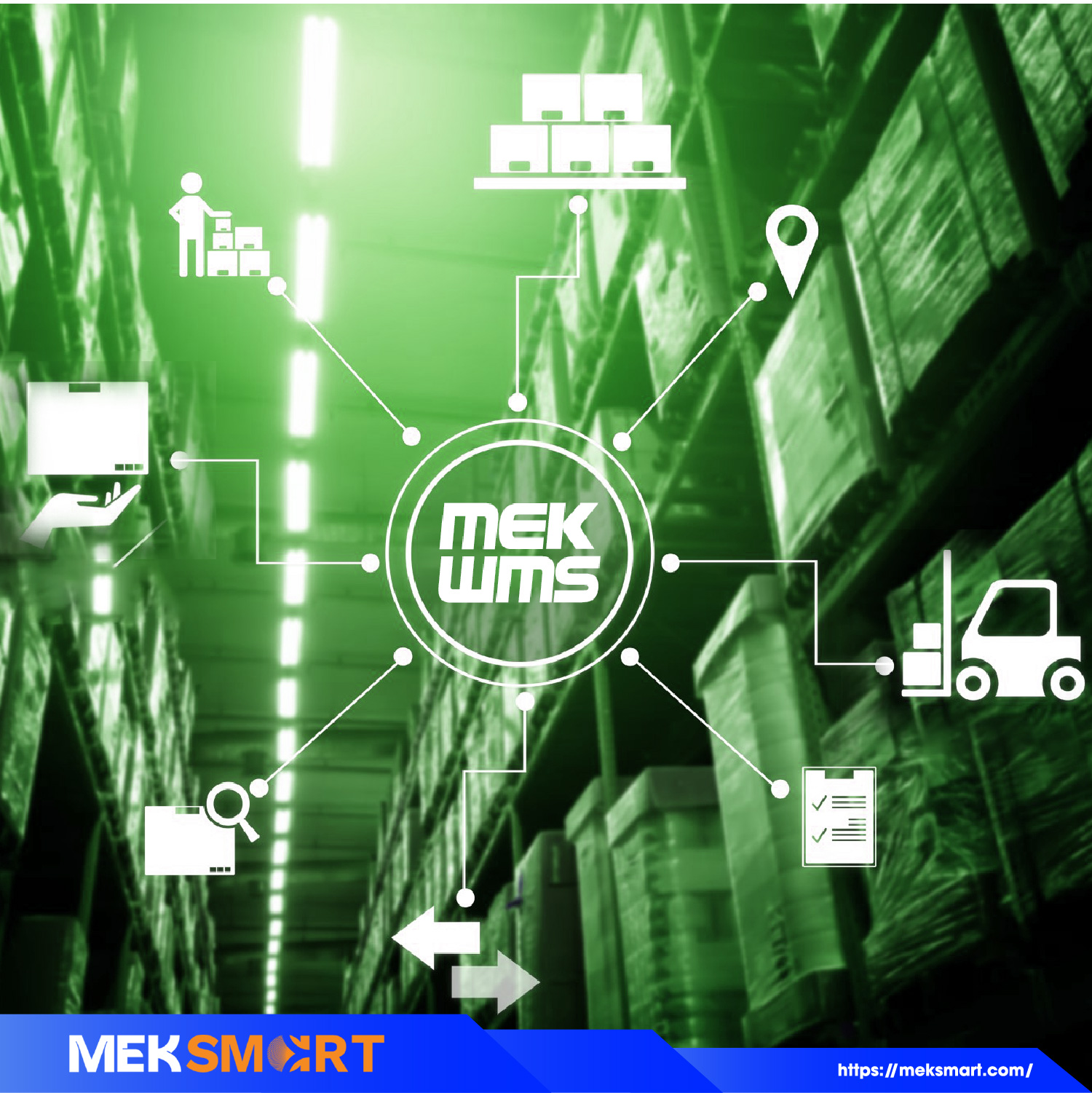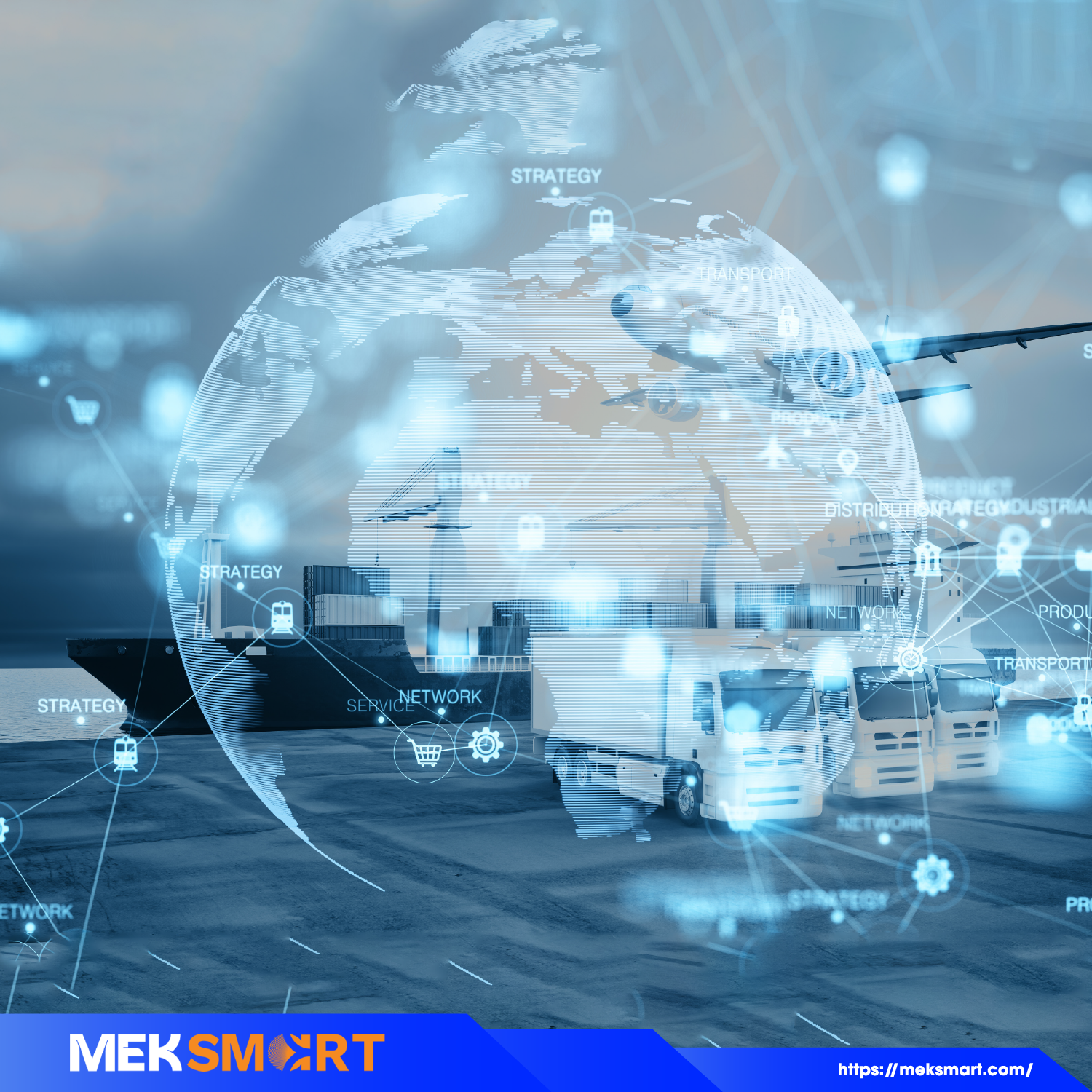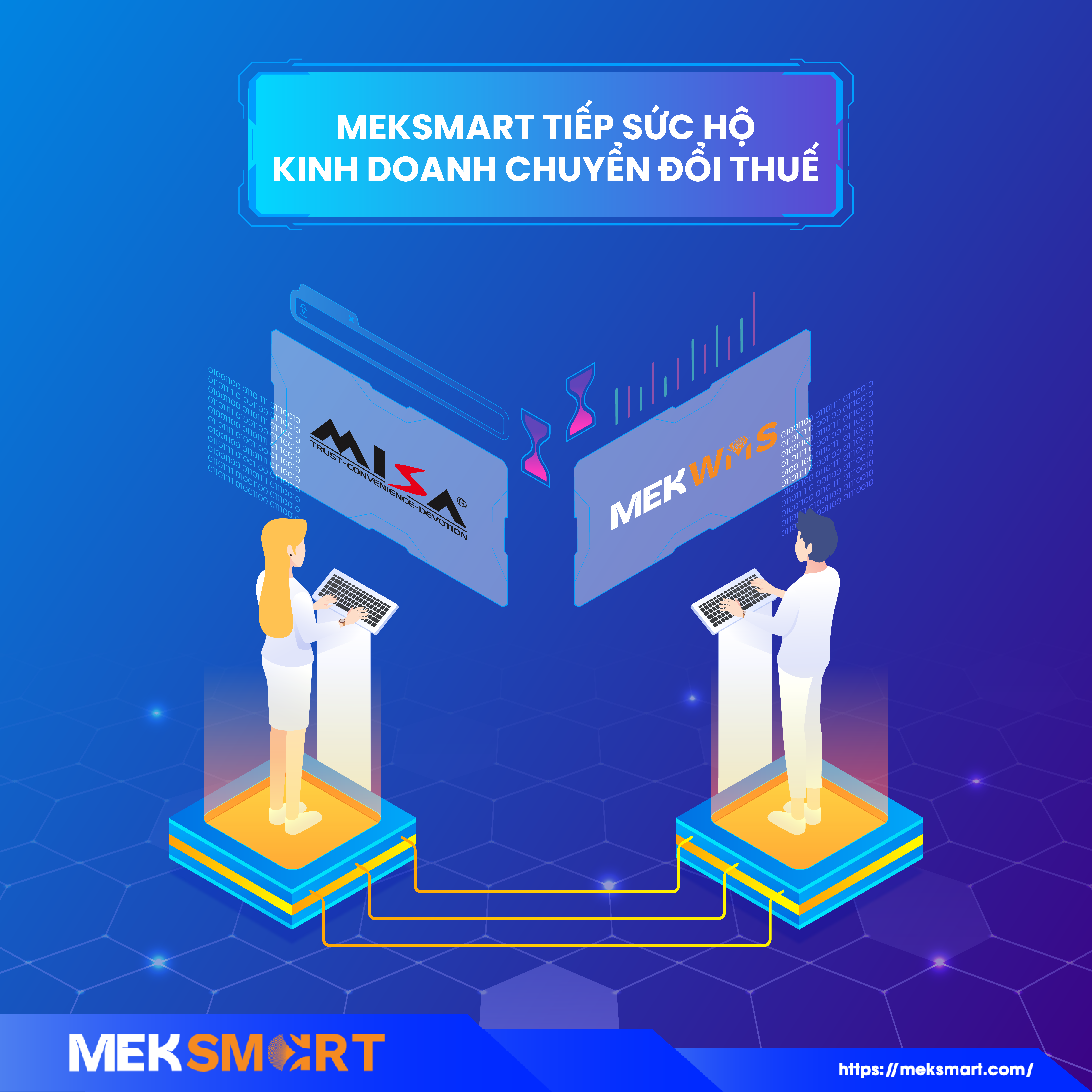MEKSMART
GENERAL NEWS
Author: Meker Meksmart
Update: 26/09/2022
LOGISTICS 5.0: THE NEW TREND IN NEW NORMAL
The concept of Logistics 5.0 has gradually appeared in various aspects today. While Logistics 4.0 is still on the way to development, the sharp growth of technology has driven the introduction of Logistics 5.0. Learn more about this new trend in today's article.
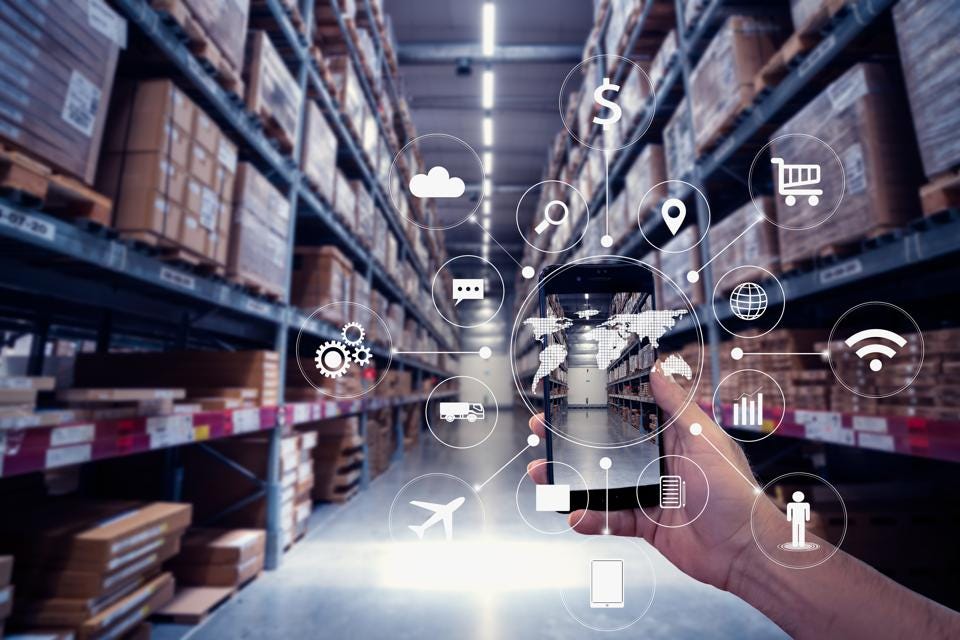
Context for Logistics 5.0 Introduction
It is undeniable that the supply chain, including the manufacturing and logistics sectors, has been greatly affected by the COVID-19 pandemic.
On the one hand, the pandemic has brought unprecedented challenges, but on the other hand, it has also spurred a great change that few events can bring to these industries.
In other words, the great difficulties supply chains have faced during the pandemic have helped businesses learn many lessons. Most importantly, the need to effectively handle disruptions during the pandemic has brought about a technological transformation known as Logistics 4.0.
During this period, the manufacturing and logistics industries are integrating their ecosystems with advanced technologies, such as Internet of Things (IoT) systems, in supply chain management.
All the technologies that control and support critical areas of operations – including automation, artificial intelligence (AI), robotics, language processing, and lean manufacturing, are changing dramatically and fast.
But when Logistics 4.0 still has room for development, experts have mentioned the trend of moving towards sustainability and a new stage, namely Logistics 5.0.
How Will Logistics 5.0 Become A Game-Changer?
Logistics 5.0 is the proposed solution for the Industrial Revolution 5.0 model. Like Industry 5.0, Logistics 5.0 also focuses on knowledge and sustainability. This is a transition that focuses on workers and minimizes the impact on the environment.
The key idea of Logistics 5.0 is to prioritize the environment while integrating it with technological innovations. This concept requires the logistics industry to move in three directions: prioritizing the human factor, ensuring resilience, and enhancing sustainability.
In other words, Logistics 5.0 will allow companies to make the change from full automation to a combination of this process and human effort while not affecting their competitiveness and profitability.
Employees are considered an investment in the long term. Their health and qualifications are of vital concern to the company.
Technology will need to be replaced, supplemented, and adjusted to the needs and requirements of employees, ensuring that the company benefits can attract the talent to work and maintain its services over the long term.
These clearly show that the Logistics 5.0 model is more concerned with improving and enhancing the ecological and social benefits than Logistics 4.0, which mainly depends on technology.
From there, this development process will pave the way for a better and more sustainable logistics industry in the future.
Wrapping Up
It can be said that Logistics 5.0 is an inevitable trend in this era of technology. To take on the likes of competitors, businesses need to embrace the changes and take proper actions to survive in this fierce competition and develop sustainably.
